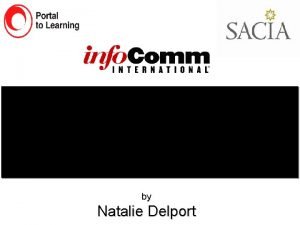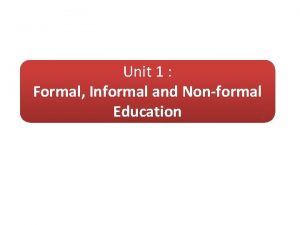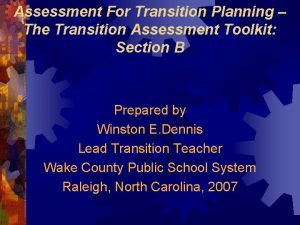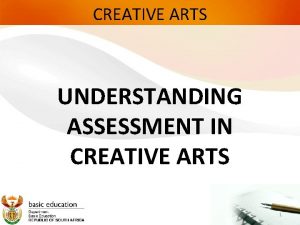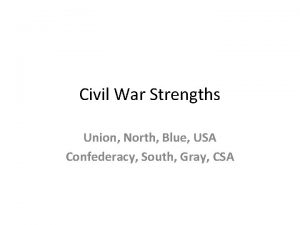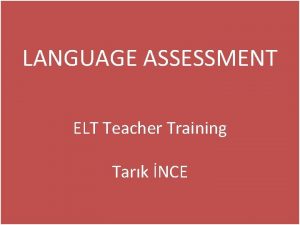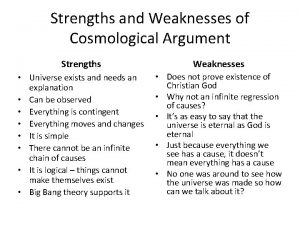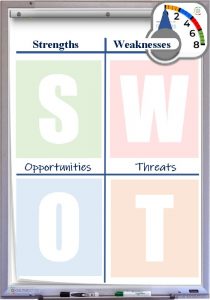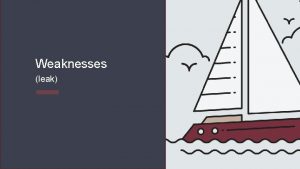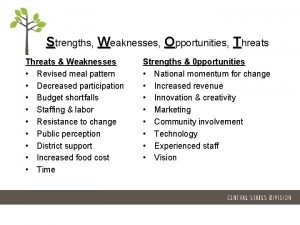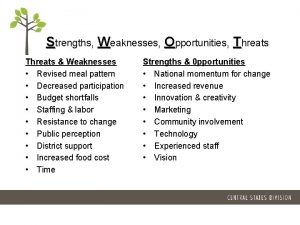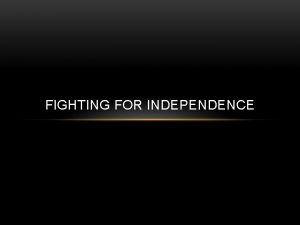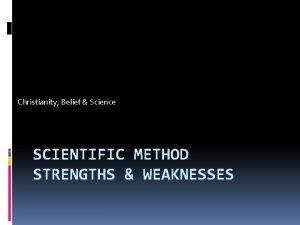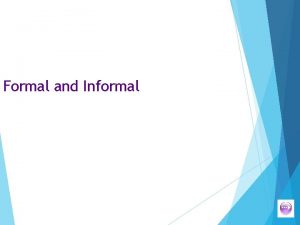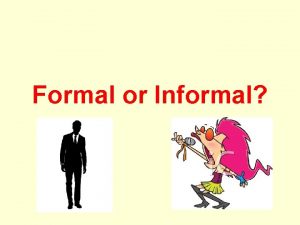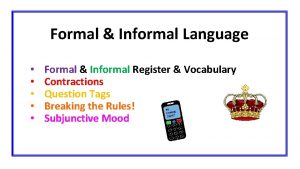Informal and Formal Reading Assessment STRENGTHS AND WEAKNESSES















- Slides: 15

Informal and Formal Reading Assessment STRENGTHS AND WEAKNESSES

Why Should Parents Look at Assessments? Ø Reading Assessments provide feedback. Ø Goals can be set to improve performance. Ø Goals can be set to challenge students. Ø Specific skills can be addressed. Ø Assessments provide an understanding of your child’s performance. Ø Formal assessments provide an individual numerical score compared to others within the state and /or nationwide.

Reading Assessments Formal Informal Ø Informal Reading Inventory ( IRI) Ø Informal Word Inventory ( WRI) Ø Running Records Ø Authentic Assessments Ø Kidwatching Ø Ø Norm-Referenced Tests Standardized Tests Criterion-Referenced Tests At this time we use FAIR (Florida Assessments for Instruction in Reading). This a computer-based assessment which replaced the previously used assessment DIBEL used for Reading First. Ø Portfolios http: //www. fotosearch. com/photos-images/bubbletest. html http: //www. fotosearch. com/photos-images/bubble-test. html

Why Informal Assessment ? Ø Diagnostic assessments such as an informal reading inventory provides a starting point for instruction designed specifically for your child. Ø Differentiated instruction is based off of your child's strengths and weaknesses according to an array of informal assessments. Ø Further ongoing informal assessments such as teacher observations will show the big picture.

Informal Assessment Weakness Ø Screening Assessments examine just enough to identify those who need extra help. Ø Diagnostic tests cover many areas and may be hard to interpret. Ø You will not receive a “test report comparison to other students at their grade level” (Gillet, Temple & Crawford, 2008. p. 11). Ø There are numerous informal assessments. Ø Choosing and administering assessments may be subjective.

Informal Assessment Strengths Ø Screening Assessments show those who need help and are economical. Ø Diagnostic Assessments show specific needs of students. Ø Individual Diagnostic Instruments test specific skills. Ø Informal Reading Inventory, are more comprehensive and test many areas Authentic Assessments and Kidwatching show the big picture.

Why Formal Assessments ? Ø Standards-Bases Tests are required by the federal No Child Left Behind law ( FAIR) Ø Standardized tests such as Florida’s Comprehensive Assessment Test ( FCAT) shows growth of a whole grade level and school. Ø Outcomes-Based Assessments hold teachers and schools accountable for standards based learning. Ø “Standards-based tests are meant to assess each student’s performance on the standards set by the state” (Gillet, Temple & Crawford, 2008. Page 12).

FAIR There are four types of assessments in FAIR for k-2: Ø The Broad Screen/Progress Monitoring Tool given to all students in 3 -5 min. Ø The Broad Diagnostic Inventory, which includes comprehension and vocabulary tasks Ø The Targeted Diagnostic Inventory Ø Ongoing Progress Monitoring Broad Screen/Progress Monitoring

Formal Assessment Weakness “Formal reading tests do not reflect the reading process” (Gillet, Temple & Crawford, 2008. Page 146). Formal reading tests do not always provide students with Ø Prior knowledge Ø Interests Ø Motivation Ø Purpose for reading a passage Ø Strategies to construct meaning

Formal Assessment Weakness Ø Reading is not assessed in an authentic way. Ø Reading selections are short passages and comprehension is assessed by multiple choice questions. Ø Reading is timed Ø Formal reading tests do not match goals of instruction Ø Students are asked to recognize information not produce information.

Formal Assessment Strengths Ø Formal tests show mastery over certain information and operations. Ø They show numerical results that are easy to interpret and compare. Ø Formal testing are administered as a group and by a team. Ø All students receive the same instructions, examples, time limits. Ø Numerical scores are not subjective. Ø Formal tests are reliable and valid.

Assessments Working Together Informal Formal Ultimate Goal • Teachers can provide differentiated instruction through screening, diagnostic testing, and other informal testing. Students must be monitored throughout the year to determine the best course of action for each child. • Students are monitored to show students progress 3 -4 times per year with formal assessments set by your school. Results from each assessments are discussed by a panel of professionals to determine future instruction per child before the last assessment takes place for the year. • Based on the outcomes-based assessments, a determination will be made if past assessments provided students with enough skills to master state standards required per grade level. Outcomes-based assessments will determine : Student Mastery and School Accountability.

What do to What can Can I Do To help Help my My child Child? ? Ø Conference with your child’s teacher. Ø Ask about assessments both informal and formal tests. Ø Work with your child on specific skills needed. Ø Be involved with your child’s education. Ø Children need to know you care and they also depend on you to build self-confidence, responsibility, and good study habits. Ø Children learn through modeling and you are their first teacher.

Review What Can I Do To Help My Child? Ø Students are tested using both formal and informal assessments. Ø Both types of assessments have strengths and weaknesses. Ø There are pros and cons to both assessments. Ø Data provides a guide as to what your child needs to work on.

References Fotosearch. (2012). Bubble test stock photos and images. Retrieved fromhttp: //www. fotosearch. com/photosimages/bubble-test. html. Gillet, J. Temple, C. & Crawford, A. ( 2008). Understanding reading problems: Assessment and instruction. Boston, MA: Allyn Bacon by Pearons Inc.
 Informal and formal assessments
Informal and formal assessments Culta informal
Culta informal Holistic rubric for poem recitation
Holistic rubric for poem recitation Strengths and weaknesses of observation assessment methods
Strengths and weaknesses of observation assessment methods Unit 3 formal informal and nonformal education
Unit 3 formal informal and nonformal education Formal and informal assessments
Formal and informal assessments Difference between formal and informal assessment
Difference between formal and informal assessment Johnson & johnson swot
Johnson & johnson swot Marks and spencer strengths and weaknesses
Marks and spencer strengths and weaknesses British strengths and weaknesses
British strengths and weaknesses Strengths of the confederacy
Strengths of the confederacy North and south strengths and weaknesses chart
North and south strengths and weaknesses chart Glanzer and cunitz strengths and weaknesses
Glanzer and cunitz strengths and weaknesses Pre reading while reading and post reading activities
Pre reading while reading and post reading activities Informal vs formal assessment
Informal vs formal assessment Myers briggs strengths and weaknesses
Myers briggs strengths and weaknesses



